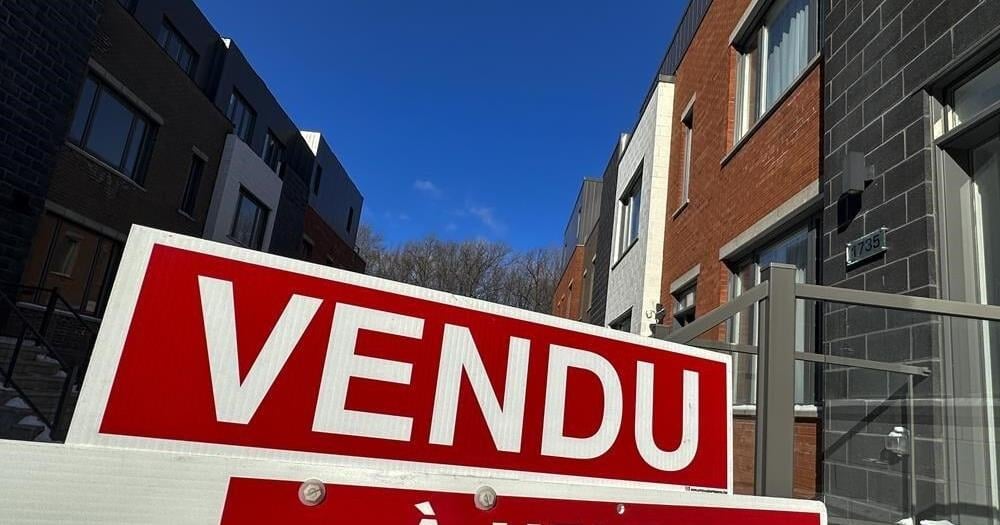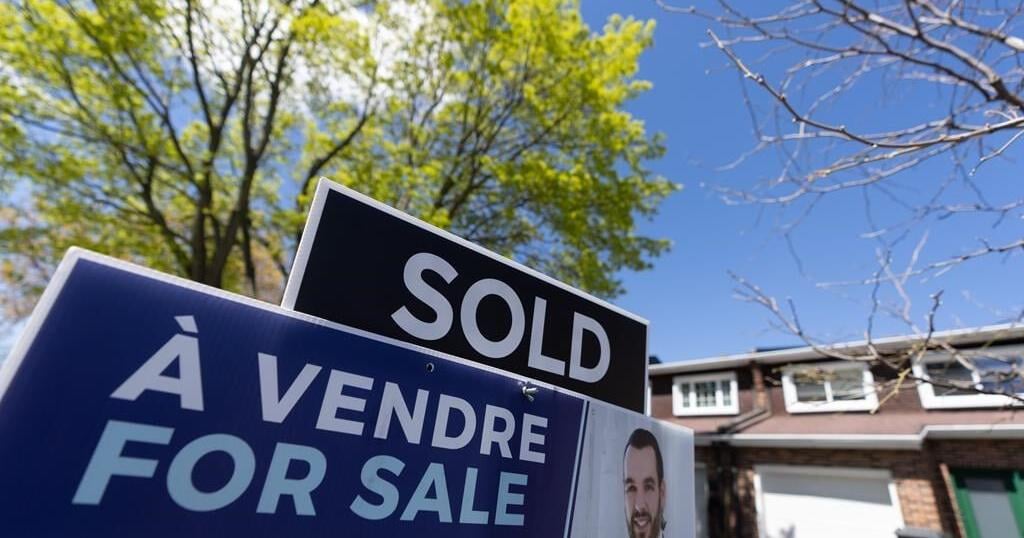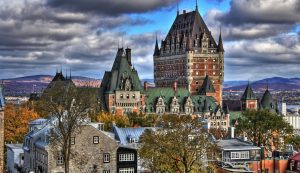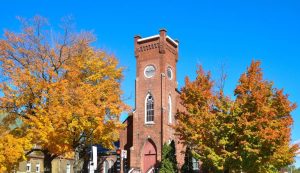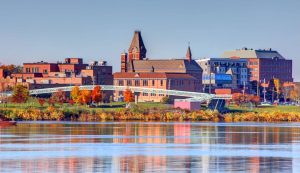Key takeaways
- Mortgage applications fell 1.9% from the previous week for the week ending on December 2, with many potential homebuyers likely waiting to see what the rate hike announcements will be like this week.
- Mortgage rates fell for the fourth consecutive week on the positive inflation data, but potential homebuyers are still wary due to volatile mortgage rates driven by the Fed’s aggressive rate hikes.
- Pending home sales on existing units dropped 4.6% in October, making it the fifth month in a row with declines.
We saw home prices skyrocket during the pandemic when people took advantage of low interest rates, fled from cities and found themselves crammed into home offices. With aggressive rate hikes and the fears of a recession, the real estate market has changed in 2022.
The real estate market has been expecting a fall for some time now; historically, home prices drop when interest rates go up. However, that hasn’t been the case in 2022 due to a unique set of circumstances. Let’s look at mortgage demand to see if it’s actually falling (or rising).
The current housing market
When the pandemic first started in 2020, there was plenty of uncertainty over what would happen to the real estate market, as nobody knew what to expect. With the economy abruptly halted, the government got involved with stimulus checks and lower interest rates.
Mortgage rates dropped down to a record low of 2.65% in January 2021. With low interest rates and an unprecedented amount of employees now working from home, there was a real estate boom.
But this boom began to retract quickly. In June 2022, inflation reached a 40-year high of 9.1 due to the combination of pandemic restrictions loosening up, supply chain disruptions, a strong labor market and astronomical housing prices, so the central banks got involved. The Fed began an aggressive rate hike campaign to slow down the overall economy.
Plenty has changed since 2021 when people were taking advantage of low interest rates to get into the real estate market. Mortgage rates have increased to an average of 6.43% as the Fed’s benchmark interest rate is nearly 4%.
Many potential buyers on the sidelines are waiting for either interest rates to drop or for housing prices to decrease. Many experts felt that the inflated housing prices along with increased mortgage rates would be enough to slow down the real estate market. The inflation numbers and housing prices have remained stubbornly high, but show signs of a slow descent.
What’s happening with mortgage demand?
Mortgage application volume dropped 1.9% last week compared to the prior week, based on data from the Mortgage Bankers Association. Mortgage applications to buy a home declined 3% for the week, with an overall drop of 40% year over year.
On the other hand, refinancing applications have fallen 86% year over year despite being up 5% from the previous week. Mortgage rates have dipped slightly in the last few weeks, but remain high compared to pre-pandemic years (more on this in the next section).
It seems that these slightly lower mortgage rates have attracted current homeowners to refinance, but they haven’t been enough to entice more new home buyers. There’s speculation that many folks are focusing on saving up given the uncertainty regarding the economy and a possible recession.
The average loan size for a mortgage application went down to $387,300 — the lowest number since January of 2021. There CPI data for November will be released in the coming days, and this data will play a vital role in mortgage rates and how the Fed moves forward with rate hikes.
In positive news, the inflation rate fell to an annual rate of 7.7% in October. While these numbers aren’t exactly worth celebrating, many analysts felt that this meant that prices would finally be dropping.
Mortgage rates are falling
According to Freddie Mac, the 30-year fixed-rate mortgage hit an average of 6.33% for the week ending on December 8. This rate is down from 6.49% a week ago since reports indicate that the stubborn inflation numbers may be coming down from their peak.
Sam Khater, a chief economist from Freddie Mac, noted that despite a significant decline in mortgage rates, the homebuyer sentiment has remained low, and there hasn’t been a surge in purchase demand with the lower rates.
We also can’t ignore the role of inflation on savings. As people are spending more money on everyday items, they may not be able to save up for a down payment as quickly as they could in the past.
Housing supply issues
Last year, the National Association of Realtors predicted that the housing market needed about 5.8 to 6.9 million new homes to satisfy the supply issues. The NAR’s chief economist Lawrence Yun commented, “There is a strong desire for homeownership across this country, but the lack of supply is preventing too many Americans from achieving that dream.”
It’s believed that the supply shortage has kept prices from falling more drastically as people still need somewhere to live. These figures can’t be ignored because the persistent rate hikes may only be hurting those with variable mortgages who are now spending more on their monthly payments.
What’s happening with home sales?
The National Association of Realtors (NAR) recently released data for house sales. In October, existing home sales fell 5.9% from the previous month. Sales have fallen 28.4% year over year, dropping from 6.19 million in October of 2021. Properties have remained on the market for about 21 days in October, up a few days from the 19 days in September. It’s also worth mentioning that first-time home buyers made up 28% of sales in October.
The annual share of first-time home buyers hit 26%, the lowest figure since NAR started tracking data. There’s plenty of speculation that many potential home buyers have simply chosen to invest in other assets.
According to other data released from the NAR, pending home sales in October fell 4.6% from the previous month, marking the fifth consecutive month of declines. The pending homes sales data is critical because a sale is listed as pending when the deal has been signed but the transaction hasn’t gone through. There have been issues with folks qualifying for mortgages due to the higher rates.
New home starts also fell 8.8% in October on an annual basis. This decline resulted from construction prices going up, the overall increase of prices in the economy, and volatile mortgage rates. First American deputy chief economist Odeta Kushi revealed that prices for construction materials like plywood, steel and concrete were all much higher than they were during the pre-pandemic era. Kushi also spoke about how the average hourly earnings in construction had risen 6.6% in October on a year-over-year basis. Increased construction prices and lower mortgage applications have led to builders pulling back. The rising interest rates are also impacting housing affordability.
Additionally, homebuilder sentiment in the single-family housing market dropped to its lowest level since June 2012. With builders facing problems with increased labor and material costs that are leading to lower demand, the index from the National Association of Home Builders went to 33 in October. This is the 11th consecutive monthly drop in this index.
What can we expect in 2023?
Many experts have chimed in with predictions on what we could expect from the real estate market in 2023. Morgan Stanley expects home prices to decline by 10% from June 2022 to 2024. So while they don’t expect a real estate crash, they foresee a market correction.
Redfin recently released its real estate predictions for 2023 where they shared that they expected 30-year mortgage rates to drop slowly until they hit 5.8% near the end of the year.
How should you be investing?
Judging by the decline in mortgage applications, there’s less demand, which could eventually lead to price reductions in the housing market. If you’re looking to purchase real estate in the near future, you may be unsure of how to invest your money as you wait for prices to come down.
For all future homebuyers looking to keep their assets relatively liquid while still watching your money grow, Q.ai takes the guesswork out of investing. We also bring a strategy to your portfolio and diversify your investments by bundling them up in Investment Kits. You can activate Portfolio Protection at any time to protect your gains and reduce your losses, no matter what industry you invest in.
The bottom line
As the interest rate hikes continue, there are fears that the economy could tip into a recession. All we know for sure is that the markets will be paying attention to this week’s Consumer Price Index data to see if the rate hikes have done enough to cool down the economy overall.
If the rate hikes continue as the Fed has indicated, then mortgage rates will continue to remain volatile for the near future, which will definitely impact mortgage demand.
Source link
Related



